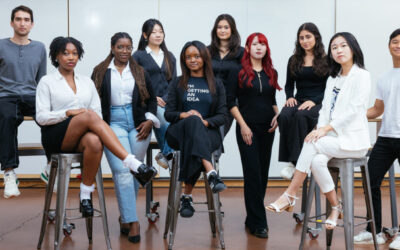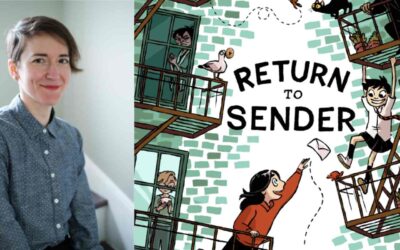There’s no shortage of articles on whether it’s better to work as a freelancer or in an office, and they tend to say the same things. That’s because it’s more of a personal lifestyle decision than anything to do with the work you’ll be doing.
Still, as someone with lots of freelance experience, I’d like to share my thoughts. This was written with graphic designers in mind, but it’s relevant to almost any creative. I wanted to dig deeper, be more honest – harsher even – than most.
So here’s what you need to consider when deciding whether you want to strike it out on your own — or just apply for a job.
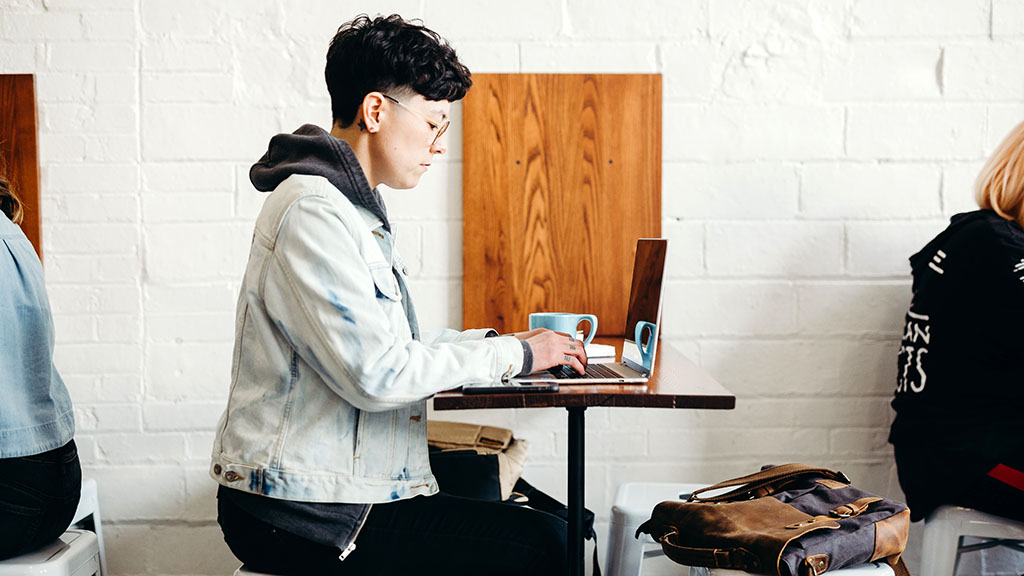
Should I go the freelance route?
Upside: It’s where most of us will start
Except for the lucky few artists who land a creative job right out of college, gigs are usually the first work available and are the primary means most people use to build their portfolios. So whether or not your ultimate goal is a salaried job, there’s a good chance you’ll pass through the freelance world.
Here’s the route most freelancers follow: First, they pick up a project or two in their off hours after their full-time job. Then, as their business naturally grows big enough to support them, they transition to a part-time job, then eventually to full-time freelancing.
Downside: Getting started is hard
Jumping into freelancing first is harder. Especially if you don’t have savings built up, it’s a recipe for months of panic. I know because this is how I first did it eight years ago!
The beginning is when you’ll be the most optimistic, but also struggle the most. Finding clients is hardest when you’re unproven and unsure how much your skills are worth, making it the easiest time to get taken advantage of. Most freelancers have stories of the early years, when they were consistently taken advantage of and underpaid.
But this is a warning, not an inevitability. It takes time to find the good clients, so pace yourself and don’t rush into a contract with anyone who seems suspicious.
Upside: You make your own work
While accepting gigs you’re offered is typical, learning to pitch can take your freelancing to the next level. It’s nerve-wracking at first, but it’s what opens up the majority of the real work out there. By reaching out to potential employers with proposals to fill their creative needs, you can find jobs without worrying about competition.
And gig-hunting can be fun! If it’s your thing, you can make a living off a diverse patchwork of income sources. There are some weird niches out there, and no one’s making you stick to one. You can even hire yourself out for your other skills at the same time: if you also code or write, that’s added value in the market.
Downside: You make your own work
Freelancing is a gamble. You’re betting on your own art skills, self-promotion, and hustle to consistently find and keep gigs. You’re a one-employee startup assuming the same risk as any other … and the same amount of unpaid paperwork. For starters, you have to handle all client communications, write and negotiate your own contracts, keep track of every business expense, and do your own taxes which, if you’re not finance-minded, can be tricky.
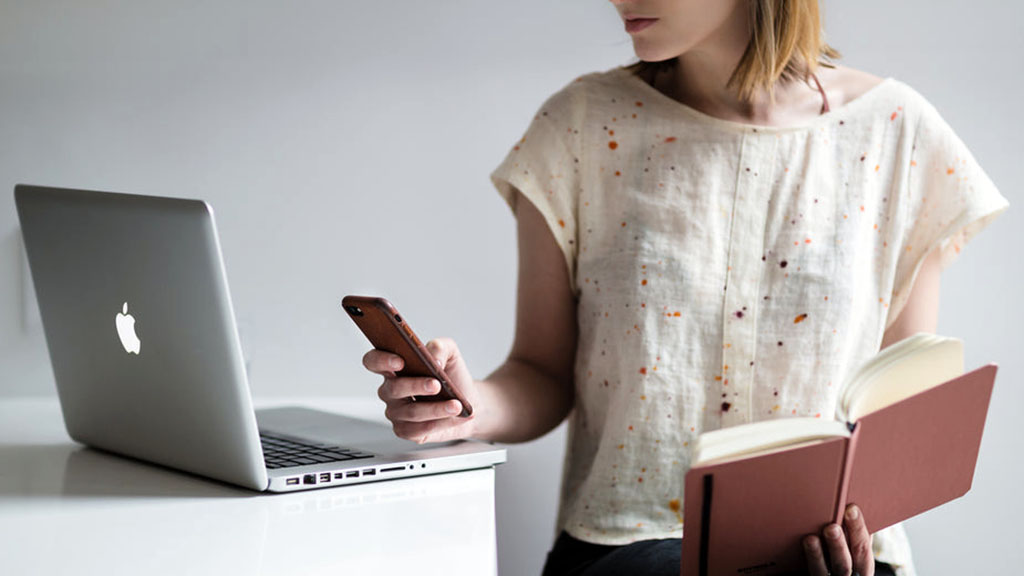
Upside: You’re never unemployed, just “between gigs”
Just something nice to keep in mind. Freelancers can suffer huge client losses, but if you have transferable skills you’ll find new work far faster than someone being fired from an equivalent job.
Downside: Feast or famine
Finding enough freelance work to sustain you can be tough. Many art fields are oversaturated, others run on in-house work. And when you do land clients, never bet on them paying on time: you could have to bug some about an invoice for months.
But for some reason, when gigs rain, they pour. You’d be surprised how quickly your schedule can go from empty to swamped. If you resist the temptation to overspend when money’s good, you can build up enough savings to carry you through the dry periods.
Upside: Learn and practice your work style
We all know 9-to-5s aren’t for everyone. Some people’s work styles conflict with, or even run opposite to, mainstream norms. Freelancing lets you discover how you work when left to your own devices. You might find you work best in marathon sessions, or in intense sprints, or in a more traditional 9ish-to-5ish schedule. It’s up to you.
That being said, many of us need external schedules to keep us accountable and on task. If you don’t trust yourself, you might be exactly who the 40-hour workweek is designed for. Factor this into your decision.
Downside: Poor work-life balance
Freelancing can become a 24/7 job, one you never mentally clock out of. During those “feast” periods when you’re booked and busy, you might have no social life.
Freelancing guides tell you to set on and off hours, but the minute you need to pull an all-nighter to make a deadline, they go out the window. Overwork can also lead to conveniences becoming necessities, costing you a lot in the long term. Ordering food delivery, for example, will save you time when you’ve got a deadline coming up, but if you do it too much, you’ll seriously eat into your earnings.
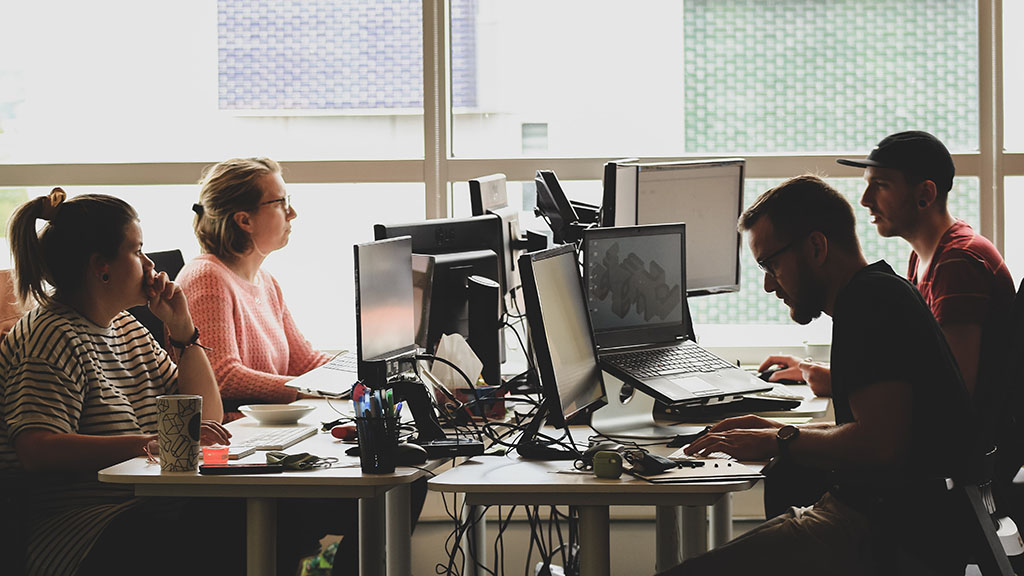
Should I work for an agency or studio?
Note: Studio vs. agency
What’s the difference between a studio and an agency? Not much – agencies usually hire out a variety of creatives to other clients for projects, while studios usually focus on providing a particular kind of service. Both will hire you full- or part-time to work on creative projects for their clients, agencies are just usually bigger and do a wider variety of projects. Either way, you’ll have a job doing creative work.
Upside: Security
This is the big one. It’s much easier to focus on making your art as good as it can be when you’re not distracted worrying about rent and bills. This usually includes benefits, too: especially if you’re in the United States, health insurance, a retirement plan, and/or sick leave are nothing to sneeze at.
Although freelancing “gurus” hype up the potential for freelancers to make more money from fewer hours, that’s not how things pan out for most of us. The creative world is unpredictable; if you need security and stability, a steady source of work might be your best shot at it.
Downside: Pressure & Flexibility
This is one place where there can be the most variety. While freelancers are typically paid by the project, and can spend as much time as they feel is necessary before the deadline to perfect it, working for an agency or studio can mean meticulous management of your hours. Some agencies are infamous for their tight deadlines; you might have a set number of hours to turn around a project. And, as at any job, there’s the risk of ending up with a micromanaging boss.
Also, at agencies in particular, you might have no choice in projects you work on. You can’t turn down a “client from Hell” if their contract is with the company, not with you. Given all of this, there can be high turnover rates at some agency and studio jobs because of the pressure – meaning that sense of security and stability could turn out to be false.
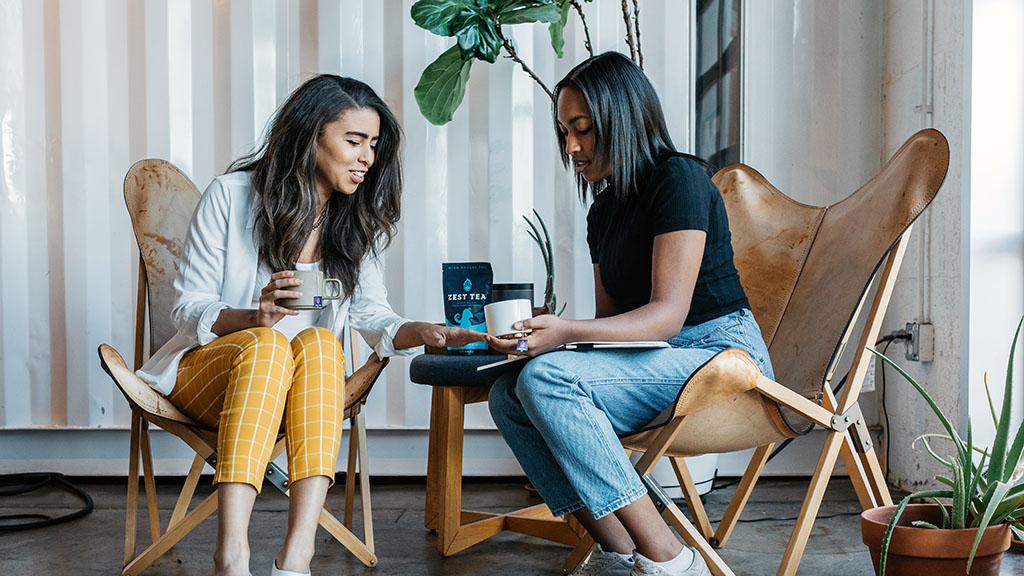
Upside: Coworkers
Your coworkers and managers are often what makes or breaks any work experience. Supportive ones will help keep you on-task and make the job go by easier, and the value of having other creatives to collaborate with and learn from is underestimated. Working as part of a collective will give you access to a pool of resources much bigger than you’d find on your own.
And if your coworkers aren’t beneficial to you, some agencies let you work from home.
Downside: Finding one
The biggest problem with a nice, reliable creative job … is getting it.
They tend to be clustered in high-cost areas like Southern California, the Pacific Northwest, and the urban Northeast. Even when applying for jobs with remote potential, a local address opens up a lot more opportunities. And if you’re less experienced or specialize in a particular creative endeavor, you’re much more likely to get hired for a single gig than to be brought on full-time at a studio or agency.
Competition is tight and requirements are strict. You’ll likely see “BA/BS/BFA or equivalent” in many job postings. Although it’s less important in creative fields than most, some algorithms use whether you have a degree for screening, so your resume might not even be seen by a human without it. And if you’re thinking about starting your job search without knowing your field’s Adobe Suite programs and other relevant software, stop what you’re doing and study up. If you’re not familiar with the tools professionals use – like Wacom tablets and displays, for example – training you will be a burden they might not want to undertake.
And the last hurdle might be the biggest: the interview. These can be especially difficult for neurodivergent and otherwise marginalized people. In freelancing, meanwhile, it’s possible to go your whole career without ever meeting anyone face to face.
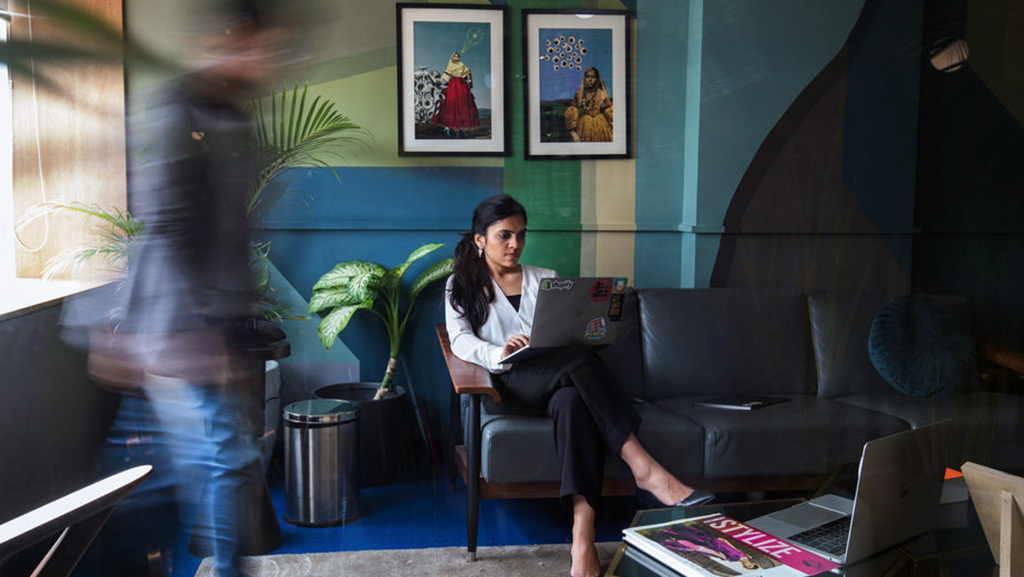
Afterword
No matter which path you pick, it usually won’t be perfect. If you pick an agency job, you’ll long for the freelancer’s flexibility. If you freelance, you’ll gaze wistfully through your home office’s windows at the employees with their regular paychecks enjoying their free weekends. But one will likely fit your needs better than the other.
And there are middle grounds, too: You can narrow your search to work-from-home jobs, which can offer some of the best of both worlds — or you might be able to find an agency that offers part-time work or a studio that gives you a freelancer’s flexibility.
Good luck!


